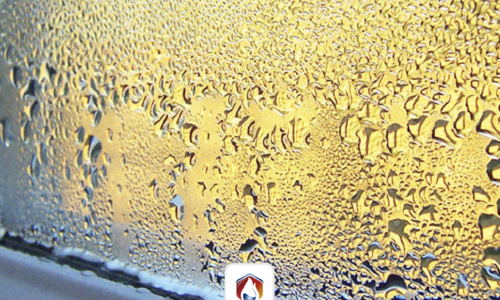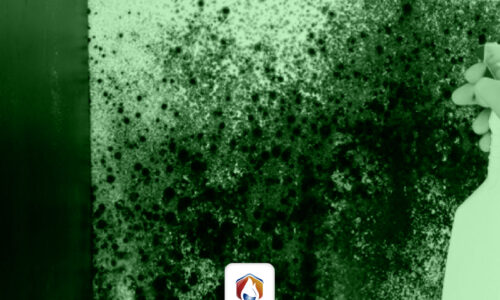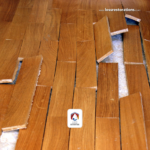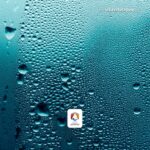Start today, avoid humidity in your bathrooms. Personal hygiene is an act that human beings perform by applying techniques for body care. This in order to avoid possible health problems. To do this, they usually use the bathrooms, which is a room intended for this purpose. In addition to these enclosures, other types of physiological needs are satisfied.
We can get bathrooms, not only at home, but also in offices and shopping centers, schools, and clinics, among others. It is a place that will not only be used by the people who live or coexist in the place. They can also be used by those who visit these places. That is to say, the bathroom should always be presentable.
Despite being a room intended for cleaning and personal hygiene, due to its high percentage of humidity, microorganisms tend to grow there. Mold is one of the most common that not only affects the aesthetics of the bathroom, giving a bad appearance, but can also cause diseases in humans and pets.
Thinking about the health of homes, we have written this article and thus resolve any concerns on the subject. Here we will not only give you tips to avoid that humidity so common in these rooms. We will also tell you how to avoid the proliferation and reproduction of these organisms that tend to affect our health and that of our family.
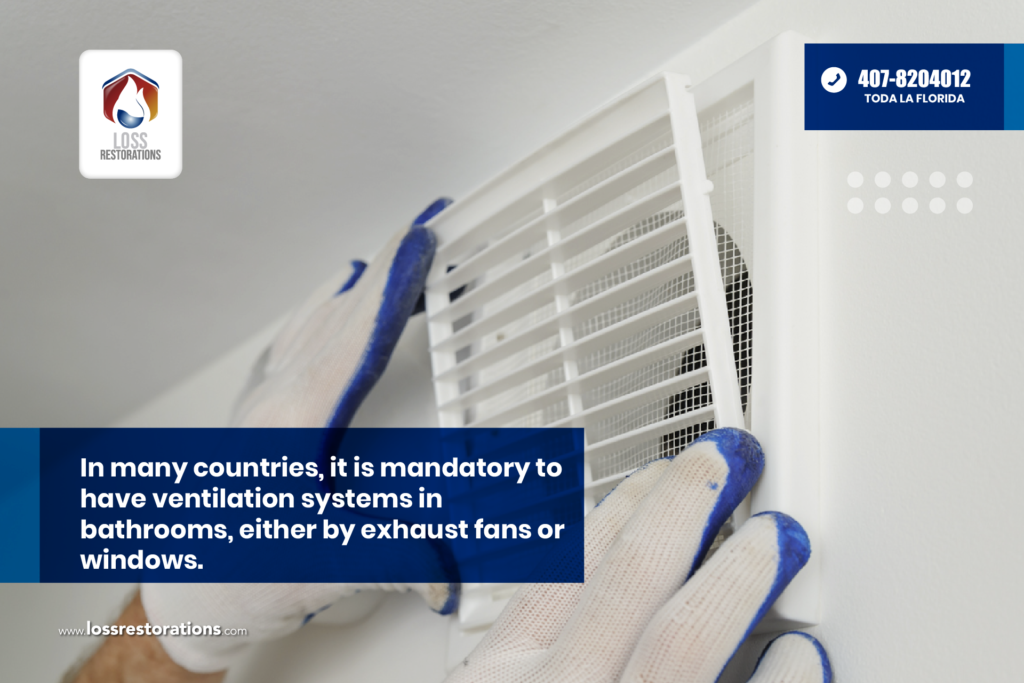
How to avoid moisture in the bathrooms?
It is very common that the problem of moisture in the bathrooms, affects not only health, as the percentage of humidity is quite high. This problem can affect the walls, ceiling and even the furniture. Generally, moisture is caused by water leaks from broken pipes, either from your own or from neighbors. In addition to the common condensation that occurs due to the temperature difference between the water in the showers and the air coming from outside through the windows.
The bathrooms must be ventilated, it is a fundamental piece to avoid humidity problems. When we take a shower, the phenomenon of condensation occurs, so it is advisable to leave the windows open for a certain time after taking a shower.
In many countries, it is mandatory to have ventilation systems in bathrooms, either by exhaust fans or windows. If the structure has no air outlet to the outside, the extractor fan should be turned on during the shower and left on for about 5 minutes after the end of the shower to avoid the problem of condensation.
It is also advisable to check the tiles because they may have cracks that, no matter how small they may be, cause moisture problems due to water seepage. Likewise, attention should be paid to the bathroom tiles, as mold problems tend to be quite frequent due to the presence of moisture.
Bathroom curtains, too, are affected by moisture and mold growth, which is almost immediate. This happens because commonly, after showering, we do not leave them open or extended, so that they dry well.
It is advisable to wash the curtains at least once a week to prevent mold growth. Emphasis should be placed on those places where there is more contact with water, such as the shower or bathtub, the sink, the toilet and the bidet. For this reason, all parts of the bathroom should be thoroughly dried if hot water has been used.
We must know that gels, shampoos and creams, among others, are used with wet hands and are usually stored in the same way, which keeps the humidity in these containers. Avoid having them in the shower and/or dry them well is another way to avoid humidity in the bathrooms.
How to remove damp stains in the bathroom?
In the presence of these annoying black stains in our bathroom, do not worry because we will give you some tips to avoid them.
In a container with water, you must mix a little chlorine bleach and soap, then, with the help of a soft bristle sponge, rub it where you see stains. In this way the mildew stains will disappear. Many times when the ceilings and walls are stained, paint is usually applied to avoid seeing it. But this is not the right solution. The humidity of the paint will help the proliferation of the mold. So it is advisable to sand the affected areas before applying the new paint. Anti-humidity paint or semi-gloss oil-based paint is recommended.
If moisture is present in the tiles, some types of mold and mildew may appear, which are usually the most common and wear and tear. Use a scrub brush and an anti-mildew solution to prevent their proliferation.
Do not forget to dry the bathroom well and apply the tips we have mentioned to avoid their appearance again. You can also communicate online with Loss Restorations so that they can examine the magnitude of the problem and help you eradicate it.
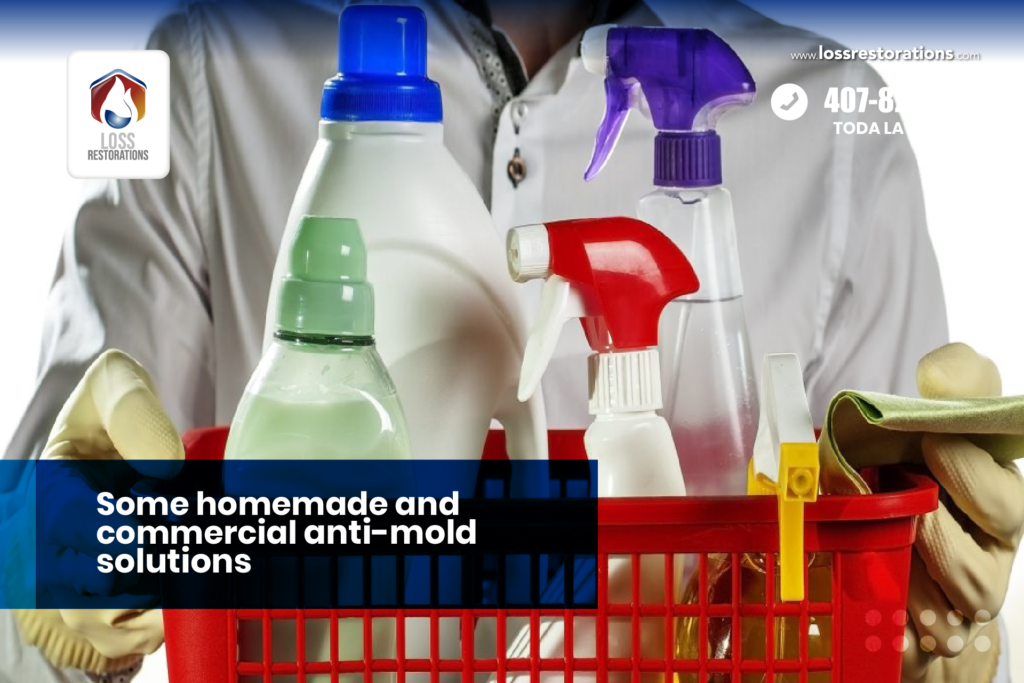
Some homemade and commercial anti-mold solutions
Baking soda: It is a great moisture absorbing compound, when mixed with water, apply it on the affected area, and leave it for a few minutes, with a soft bristle brush the mold will be removed instantly.
Vinegar: It should be applied directly, that is to say, it should not be diluted in water. After being in contact with the affected area, scrub vigorously and we will get rid of the mold and the tiles will be clean and shiny.
Boric Acid: Borax is a powder with anti-fungal action. It is necessary to mix a glass of borax in a liter of water, let it act for a few minutes and scrub the affected area. It is advisable to do it with the windows open and not to leave the product within reach of children or pets, because of its toxicity.
Bleach and ammonia: Applying one of these two products, we guarantee safe results, they are quite economic and generally we have them in our homes. But we must be careful on the surface that we apply it, due to its strong power it can damage the surfaces where it is applied.
Remember not to mix these products to avoid irreversible damage. By following our advice, you will not only get a shiny bathroom as anyone would like, but also, you will avoid having health problems.

